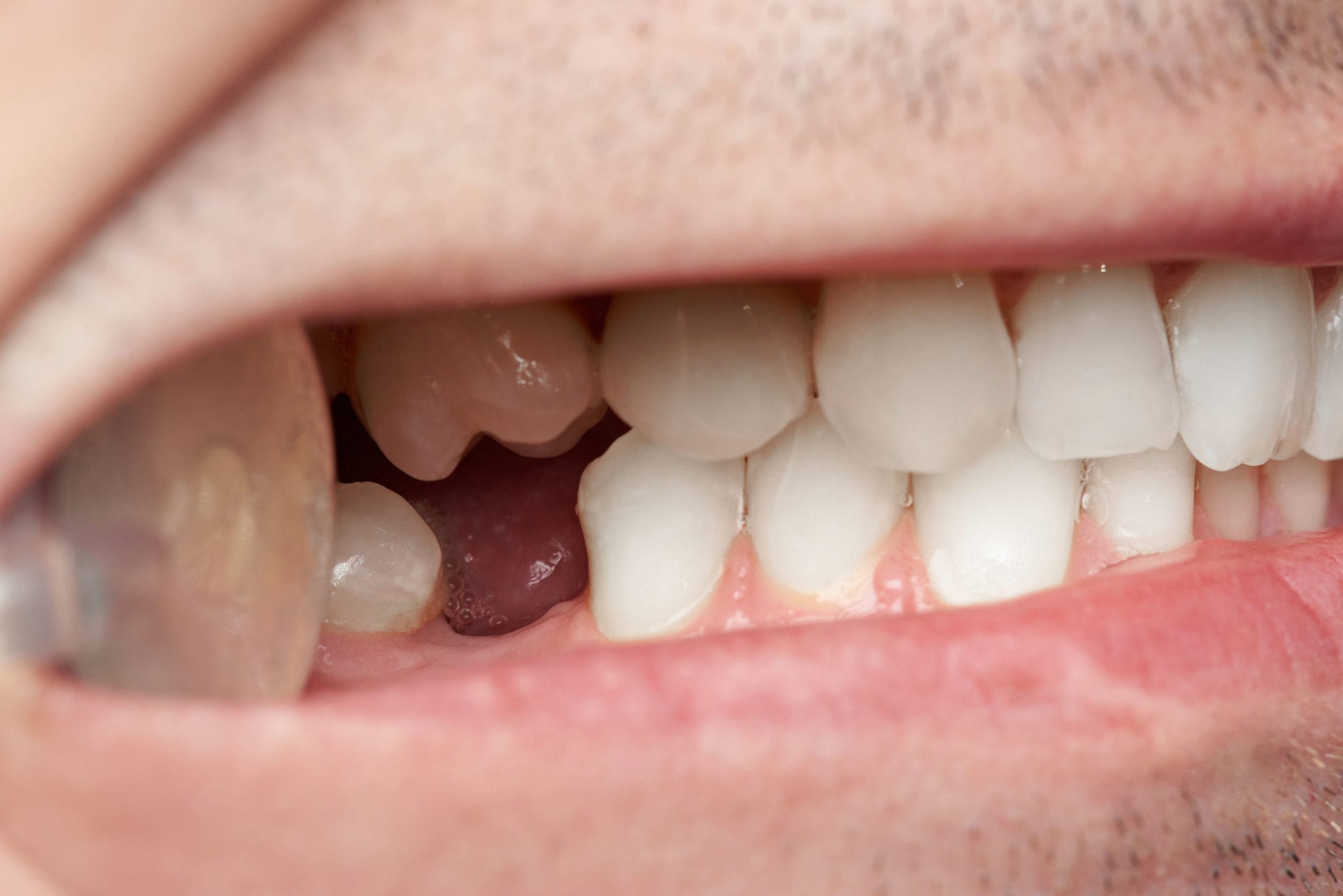You may lose a tooth because of gum disease, tooth decay, injury, or a genetic issue.
Regardless of the underlying cause of missing teeth, there are various procedures available if you want to replace a lost tooth or make changes to the overall appearance of your mouth.
Here are various options for replacing missing teeth, as well as the benefits and drawbacks of each, as well as pricing information.
1. Dental implants
When you want to replace a single tooth or numerous teeth in different parts of your mouth, dental implants are a possibility.
A titanium metal post or frame is surgically implanted into your upper or lower jaw. After that, a replacement tooth is placed in the implant, allowing the tooth to remain in place.
A dental implant is mostly the best option for a tooth replacement.
While prices vary depending on a variety of circumstances, a single-tooth dental implant typically costs between $3,000 and $6,000.
Advantages of dental implants
The primary benefit is that the replacement tooth looks and feels like a natural tooth and can last for decades.
Another advantage of an implant is that it does not affect surrounding teeth (unlike a bridge), so the rest of your teeth should remain undamaged.
Disadvantages of dental implants
Because this is a medical procedure, you must be in good physical condition for surgery and recovery. Furthermore, the recovery process can take months.
The new tooth will not be attached by your dentist until the dental implant has healed completely.
Dental implants are much more expensive than other tooth replacement options. Some insurance companies may pay for the procedure, but you may have to pay deductibles and copays.
2. Fixed dental bridge
If you don’t want a dental implant, ask if you can have a fixed dental bridge instead. If you are missing one or more teeth in the same region, this tooth replacement option may be beneficial.
A fixed bridge uses a dental prosthetic or artificial tooth to cover the area left by a lost tooth. The prosthetic is secured to adjacent teeth before being glued in place using dental cement.
The cost of a single bridge will vary depending on the materials utilized and your geographic location. A single bridge may cost between $3,000 and $5,000, according to some estimates. Some insurance companies may pay for the procedure.
Advantages of dental bridges
Bridges are beneficial because they feel and look like natural teeth. They may improve the look of your natural teeth on either side of the gap. They are also often less expensive than dental implants.
Disadvantages of dental bridges
Cleaning around the tooth beneath the bridge can be challenging.
Bridges require the modification of existing teeth. A poorly fitting bridge may also gradually harm adjacent teeth over time.
Furthermore, plaque and germs can also flow beneath the bridge, causing infection or tooth damage.
3. Removable partial dentures
If you need full teeth replacement, your dentist may recommend total dentures. However, if you only need to replace a few teeth, you may be a candidate for a removable partial denture.
This dental appliance consists of prosthetic teeth linked to a pink base that appears natural.
Although some dentures have a clasp that links to natural teeth, the detachable plastic base is stabilized and held in place by your natural teeth.
The base is made to match the color of your gums, and the teeth are made to match the color of your real teeth. If you need to replace numerous teeth in one area of your mouth, these dentures may be a choice.
Some insurance companies may cover removable partial dentures. While prices vary by area, pricing calculators show costs ranging from $1,500 to $3,000.
Advantages of partial dentures
Removable partial dentures are less expensive and much easier to repair and replace than other tooth replacement solutions, and they appear and feel natural in the mouth.
Disadvantages of partial dentures
Some people may find wearing partial dentures uncomfortable, at least at first.
Dentures must be removed and cleaned daily, and they must also be removed before going to bed. Because they are often handled, they are more vulnerable to harm.
